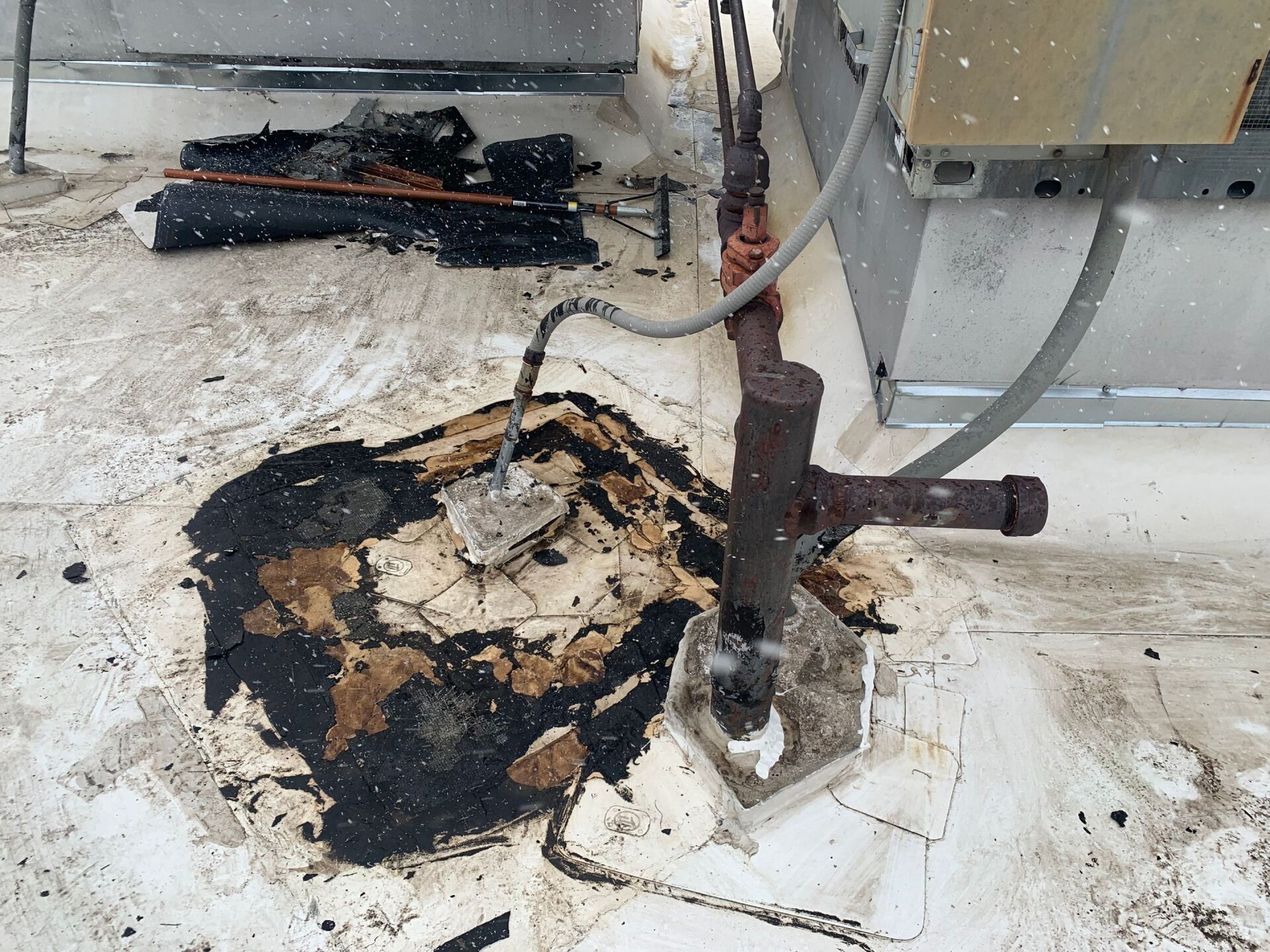
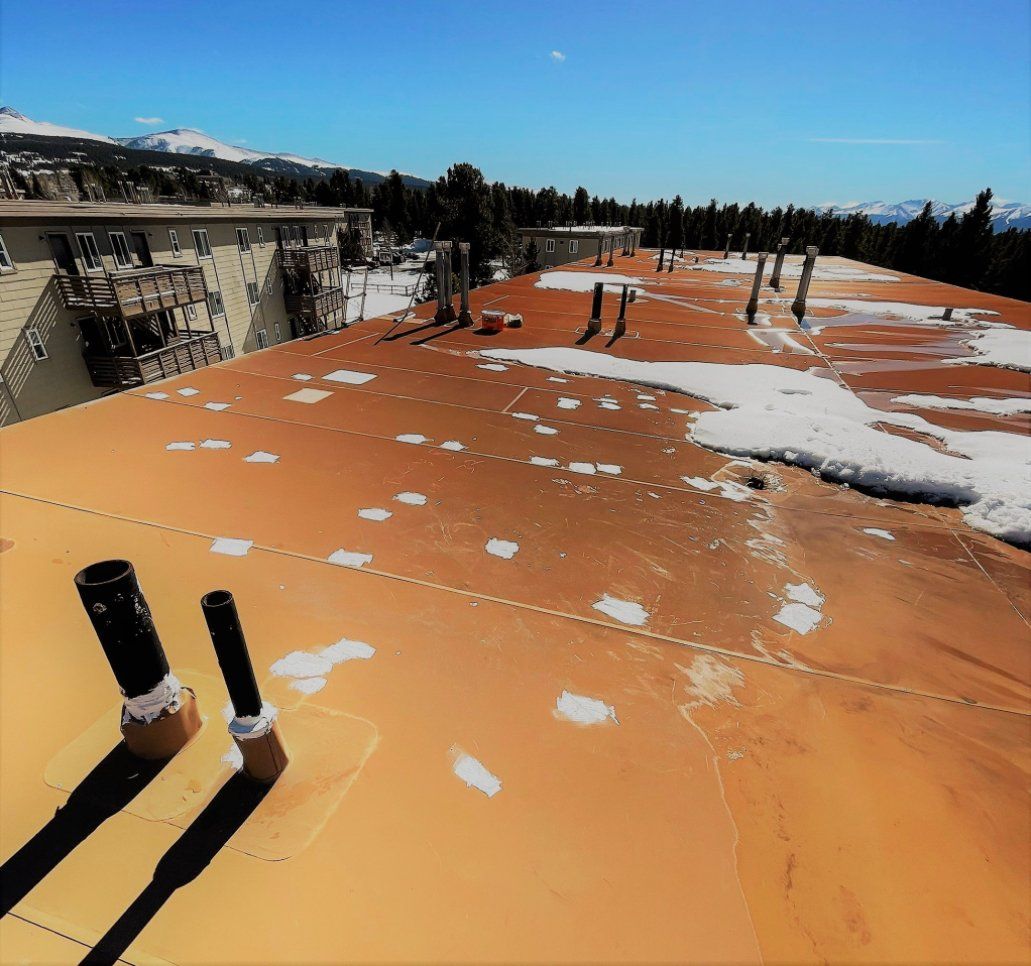
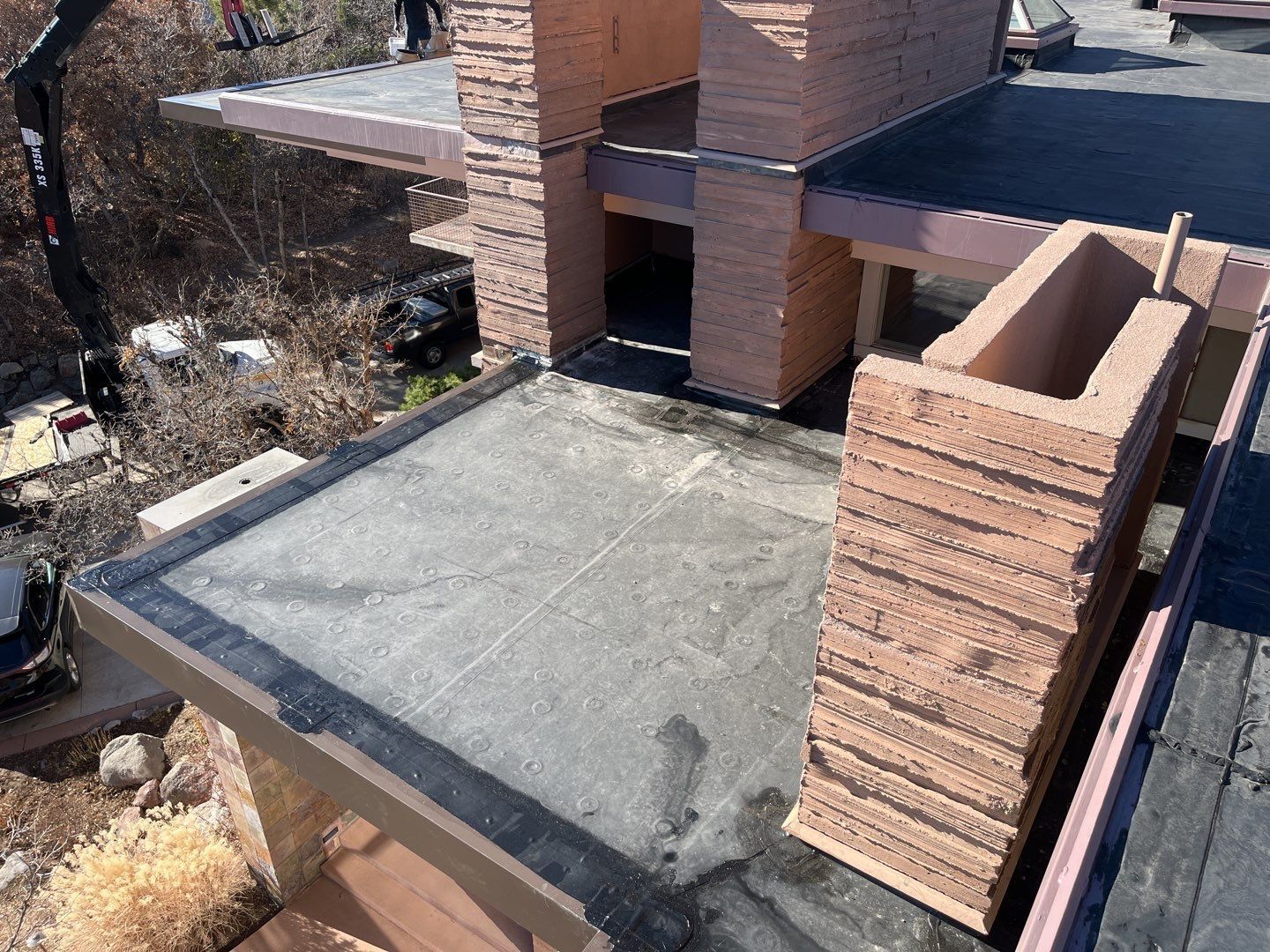
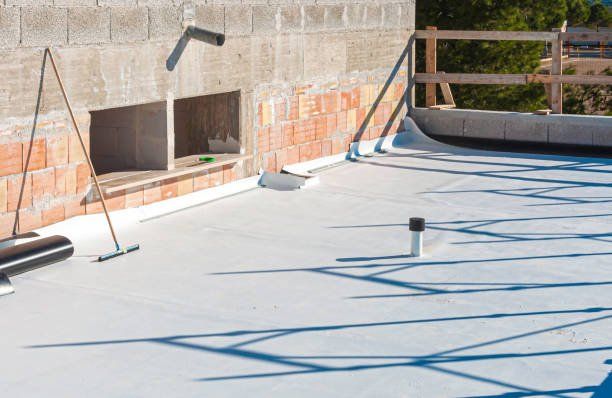
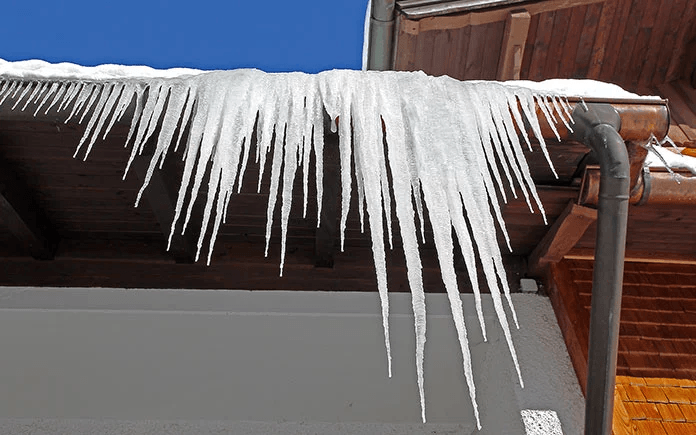






Watershed Roofing & Restoration did a great job. They removed the roof in one day and installed the new roof in one day, including patching the flashing around the chimney, weather stripping the facia and clean up.
— Robin

We called Watershed about our hail damaged roof the day after one of the biggest storms to ever hit Denver. They had 2 experienced roofers out to asses our property within a couple of hours. Now that is service!! Our next door neighbors couldn't believe we had someone out so quickly, so they also were able to get their property looked at immediately as well.
We are realtors in the Denver area and part of our business requires us to recommend trusted professionals to our clients. When it comes to anything to do with roofs we trust no one but Watershed Roofing. We have been using their services for over 10 years and our clients have never been anything but completely satisfied with their work and professionalism.
— Sue P.

Watershed Roofing and Restoration did an outstanding job of replacing my hail damaged roof. Dave and Ed were exceptionally professional, detail oriented, and responded to my questions in a timely manner. I would highly recommend their expert services.
— Wesley P.

Watershed Roofing and Restoration is a great company! Knowledgeable, professional, and trustworthy. Highly recommended!
— Heather M.

Great experience with Dave and Watershed Roofing on our large apartment complex in Lakewood. Dave and the team were efficient and fast after a significant hail event. Great quality in both product and service on this commercial project. Will use these guys again if I need roofing in that area.
— John H.

Kerry Jodie oversaw my new roof and house painting after severe hail damage.
He was very professional and responsive to any questions or concerns I had. The work is high quality and I have no complaints. Definite recommend.
— S W.

I recently have had the opportunity to work with Watershed Roofing and Restoration for a hail claim on a multi-residential complex in Capital Hill. Watershed worked in conjunction with the insurance carrier’s adjuster to establish damages and an agreed upon scope of work which included the roof and gutter system. The work was completed in a timely and organized manner. They were very professional as well as informative during the whole process. They kept the owners of the property as well as myself informed every step of the way. Watershed’s work received a 10 out of 10 rating with the GAF Manufacturing Rep and as such the property owner will be receiving a 15 year NDL warranty from the manufacturer. Both the property owners and Cornerstone recognize their professionalism and quality of work. We have and will be continuing to keep Watershed as one of our preferred contractors with Cornerstone. I would highly recommend Watershed Roofing and Restoration.
-Justin Ulfig, Portfolio Manager
Cornerstone Apartment Services, Inc.

Both of my companies (Boutique and Wheelhouse Apartments) utilized and worked closely with Dave Scheck of Watershed Roofing and Restoration for many roofing projects. With the multitude of hail damage we have experienced over the last few years, Dave has helped us through many disastrous hail storms/claims. Dave’s unique knowledge of both roofing as well as working with claims adjustors and insurance companies has been incredibly helpful in minimizing potential further damage to our client’s assets as well as minimizing impact to our tenants. Dave has been easy to work with and communication has been essential in a smooth resolution to potentially disastrous situations. I would highly recommend that you consult with Watershed Roofing and Restoration for any of your roofing needs.
-Zvi Rudawsky, CEO
Boutique & Wheelhouse Apartments

We had Watershed put a complete new roof on our 50,000 Sf commercial building in April 2018. The job was done on budget, on time, and very professionally. They exceeded all of our expectations. Their site foreman was top notch as were all representatives of the company and their subcontracting crews.
- Steve H.

I have nothing but positive things to say about Watershed Roofing & Resto Restoration. They keep you informed every step of the way: from your first conversation with them till way after the job is done and you are satisfied. There crew is reliable and nice, and if anything needs to be addressed after the job is done they will addressed it promptly.
- Sacha L.
Phone: 720-643-5033
Fax: 720-643-5034
Email: [email protected]
Address: 1360 South Wadsworth Boulevard, Ste. 116, Lakewood, CO, USA
24- Hour Emergency Services